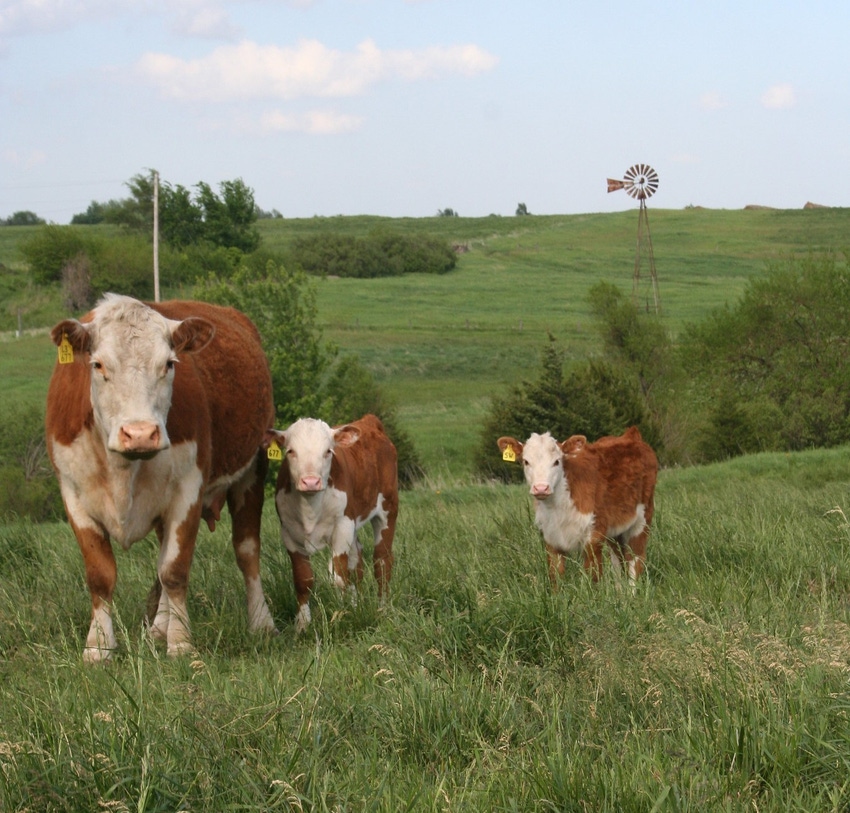Navigating Business Risks with Bagley Risk Management
Navigating Business Risks with Bagley Risk Management
Blog Article
Understanding Animals Risk Defense (LRP) Insurance: A Comprehensive Overview
Navigating the realm of animals threat defense (LRP) insurance coverage can be a complex undertaking for lots of in the agricultural market. This kind of insurance coverage offers a safeguard versus market fluctuations and unforeseen conditions that could affect animals manufacturers. By understanding the details of LRP insurance policy, producers can make informed choices that might safeguard their operations from economic threats. From how LRP insurance coverage works to the various insurance coverage alternatives available, there is much to uncover in this thorough overview that might potentially shape the means livestock manufacturers approach threat administration in their services.

Exactly How LRP Insurance Works
Sometimes, understanding the mechanics of Animals Risk Protection (LRP) insurance can be complicated, however breaking down how it functions can provide quality for breeders and farmers. LRP insurance is a danger management tool designed to safeguard animals manufacturers versus unforeseen cost declines. It's essential to note that LRP insurance is not an income guarantee; rather, it concentrates exclusively on price risk protection.
Qualification and Protection Options

When it comes to coverage options, LRP insurance policy provides manufacturers the adaptability to select the insurance coverage level, insurance coverage period, and endorsements that ideal fit their danger administration requirements. By understanding the qualification criteria and insurance coverage alternatives available, livestock producers can make educated choices to manage risk properly.
Benefits And Drawbacks of LRP Insurance Policy
When reviewing Animals Risk Defense (LRP) insurance coverage, it is vital for animals producers to weigh the benefits and disadvantages intrinsic in this risk administration tool.

One of the key benefits of LRP insurance is its ability to supply defense against a decrease in animals rates. This can help secure manufacturers from economic losses arising from market changes. Additionally, LRP insurance coverage supplies a degree of adaptability, allowing producers to tailor coverage levels and plan periods to match their particular requirements. By securing an ensured price for their animals, manufacturers can better take care of risk and prepare for the future.
One limitation of LRP insurance coverage is that it does not safeguard against all kinds of threats, such as condition break outs or all-natural my company calamities. It is critical for manufacturers to carefully assess their individual danger exposure and economic scenario to determine if LRP insurance is the appropriate risk administration tool for their operation.
Understanding LRP Insurance Policy Premiums

Tips for Making Best Use Of LRP Advantages
Making best use of the benefits of Livestock Risk Defense (LRP) insurance coverage calls for tactical planning and proactive danger administration - Bagley Risk Management. To take advantage of your LRP protection, take into consideration the following pointers:
Routinely Analyze Market Problems: Stay informed regarding market fads and cost changes in the animals market. By keeping an eye on these variables, you can make informed decisions about when to acquire LRP insurance coverage to protect against prospective losses.
Establish Realistic Protection Levels: When picking protection degrees, consider your manufacturing prices, market worth of animals, and prospective threats - Bagley Risk Management. Setting practical insurance coverage degrees makes certain that you are effectively secured without paying too much for unneeded insurance
Expand Your Insurance Coverage: Instead of relying only on LRP insurance, think about expanding your threat monitoring approaches. Incorporating LRP with various other risk management tools such as futures contracts or choices can give extensive protection against market uncertainties.
Review and Adjust Insurance Coverage Frequently: As market problems change, regularly evaluate your LRP protection to ensure it straightens with your existing danger exposure. Readjusting protection you could look here degrees and timing of acquisitions can aid optimize your danger protection technique. By adhering to these tips, you can maximize the benefits of LRP insurance and safeguard your livestock procedure versus unanticipated threats.
Conclusion
Finally, animals danger security (LRP) insurance is an important click to read more device for farmers to take care of the monetary threats related to their livestock operations. By understanding just how LRP works, eligibility and coverage alternatives, along with the pros and cons of this insurance policy, farmers can make educated choices to protect their incomes. By meticulously taking into consideration LRP premiums and carrying out techniques to optimize advantages, farmers can minimize prospective losses and make certain the sustainability of their procedures.
Animals producers interested in getting Animals Risk Protection (LRP) insurance can discover an array of qualification requirements and protection choices customized to their particular livestock operations.When it comes to insurance coverage choices, LRP insurance coverage supplies manufacturers the versatility to select the coverage level, protection duration, and endorsements that finest suit their danger management requirements.To realize the complexities of Livestock Threat Security (LRP) insurance completely, understanding the aspects influencing LRP insurance policy premiums is critical. LRP insurance costs are determined by different elements, including the insurance coverage degree selected, the expected cost of animals at the end of the coverage duration, the kind of livestock being guaranteed, and the size of the coverage period.Review and Change Insurance Coverage Frequently: As market conditions transform, regularly evaluate your LRP coverage to guarantee it lines up with your existing risk direct exposure.
Report this page